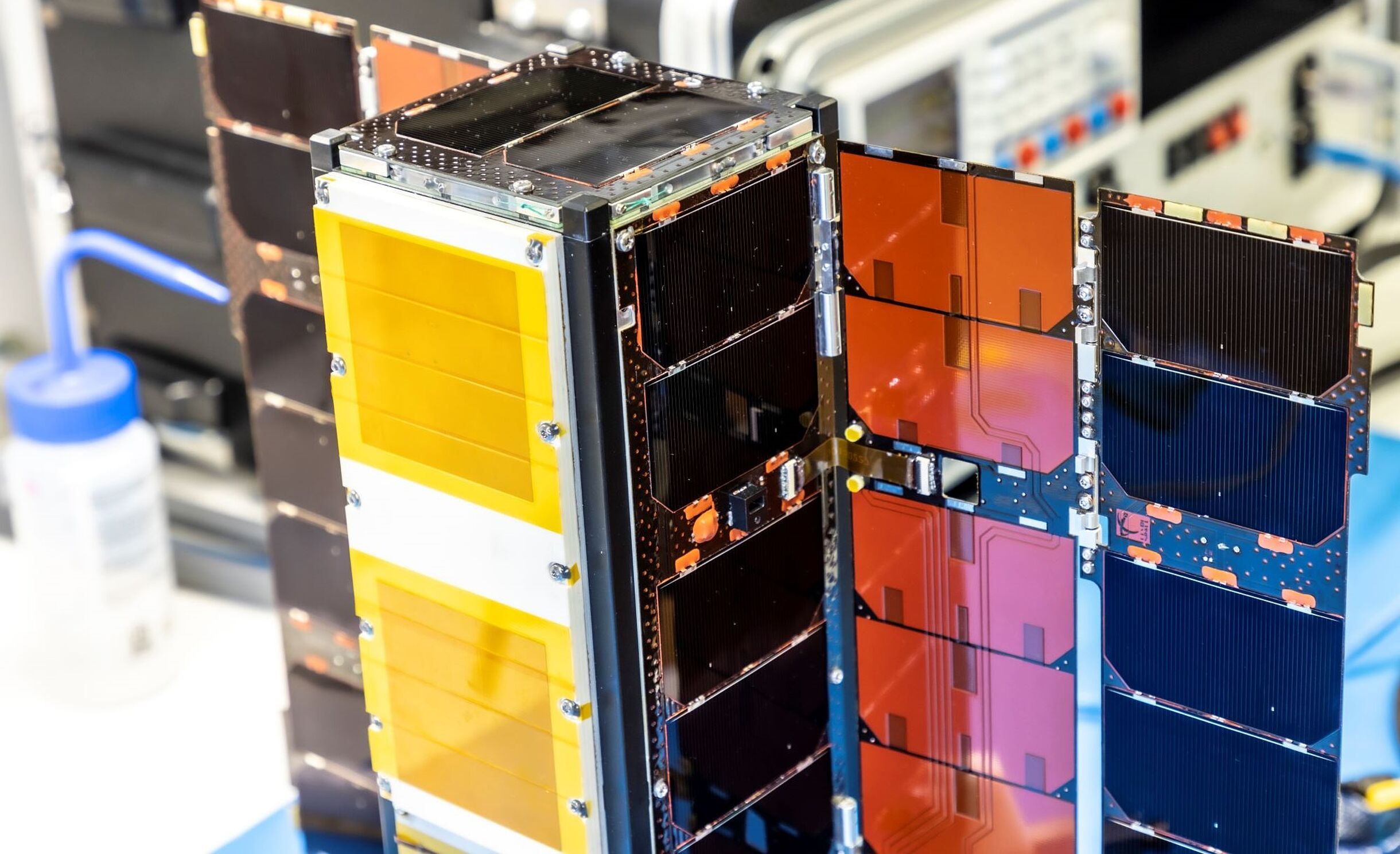On October 9 in the morning, the small satellite PRETTY was launched into its orbit around 550 kilometers above the earth. On board is a highly accurate radiation measuring instrument from AIT.

On October 9 in the morning, the small satellite PRETTY was launched into its orbit around 550 kilometers above the earth. On board is a highly accurate radiation measuring instrument from AIT.